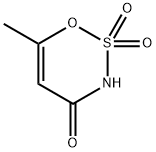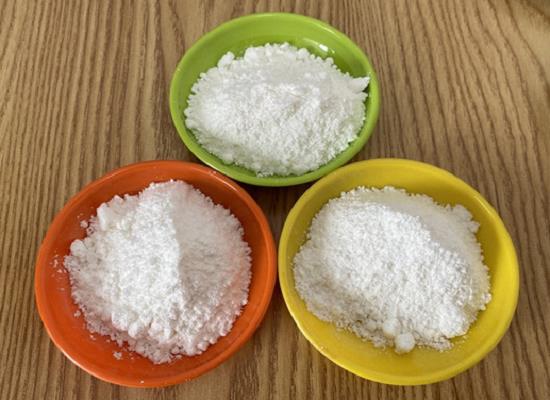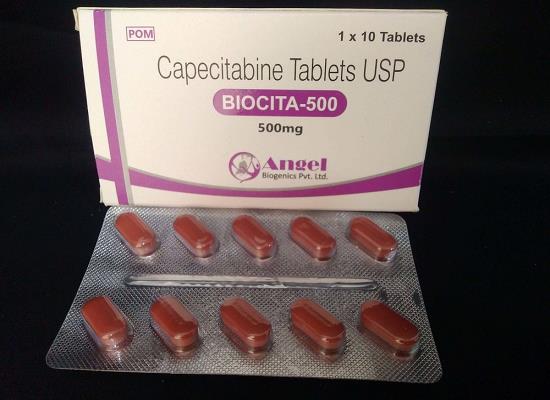Acesulfame: Properties as Food Additive, Scope of Use and Safety
General Description
Acesulfame is a white crystalline powder with a taste similar to sugarcane. It is easily soluble in water and exhibits good stability in heat and acidity. Acesulfame has a high sweetness level, is relatively inexpensive, and does not contribute to tooth decay. It is widely used as a fourth-generation synthetic sweetener in the food and beverage industry. It can enhance sweetness when combined with other sweeteners and is suitable for use in various products such as baked goods, beverages, candies, and chewing gum. Acesulfame has been extensively researched and approved by authoritative organizations worldwide, demonstrating its safety and reliability.
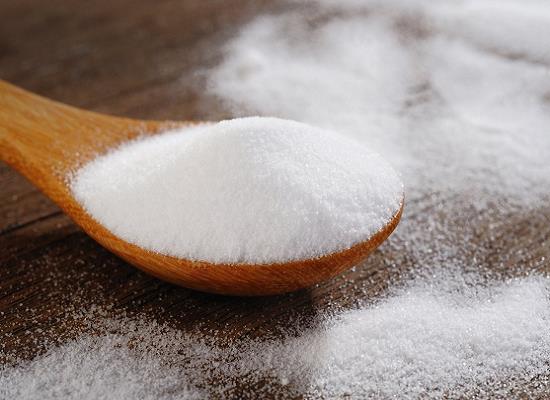
Figure 1. Acesulfame
Properties as Food Additive
Acesulfame is a food additive with the chemical name potassium acetoacetic acid. It appears as a white crystalline powder and is an organic synthetic salt. Acesulfame has a taste similar to that of sugarcane and is easily soluble in water, but only slightly soluble in alcohol. One of the key characteristics of Acesulfame is its chemical stability, as it does not easily decompose or lose its effectiveness. It is not metabolized by the body and does not provide any energy when consumed. Acesulfame has a high sweetness level and is relatively inexpensive compared to other sweeteners. Additionally, it does not contribute to tooth decay, making it a favorable option from a dental health standpoint. Acesulfame exhibits good stability in both heat and acidity, making it suitable for a wide range of food and beverage applications. It is considered a fourth-generation synthetic sweetener and is often used in combination with other sweeteners to create a synergistic effect that enhances sweetness. In general, when used in moderate concentrations, Acesulfame can increase sweetness by 20% to 40%. In summary, Acesulfame is a versatile food additive with stable chemical properties, high sweetness, low cost, and good heat and acid stability. Its ability to enhance sweetness when combined with other sweeteners makes it a popular choice in the food and beverage industry. 1
Scope of Use
Acesulfame has a wide range of applications due to its stability and high sweetness level. It has a sweetness level of 200-250 times that of sucrose and is stable under conditions of light, heat (withstanding temperatures up to 225℃), and a pH range of 3-7. Acesulfame is one of the most stable sweeteners in the world and does not absorb moisture or react with other food ingredients or additives. It is suitable for use in baked goods and acidic beverages. It has been approved by the United Nations FAO/WHO Joint Expert Committee on Food Additives as a Class A food additive with a recommended daily intake (ADI) of 0-15mg/kg. The FDA approved the use of Acesulfame in food in 1988 with a daily intake limit of 0-15mg/kg and in soft drinks in 1998. Acesulfame is often used in combination with other sweeteners, particularly with aspartame, to enhance its effectiveness. It can be used in a variety of foods such as solid beverages, pickled vegetables, candies, chewing gum, and table sweeteners. Overall, Acesulfame is a safe and versatile sweetener with a strong and long-lasting sweetness that can be used in various applications in the food and pharmaceutical industries. 1
Safety
Acesulfame, also known as Acesulfame K, is considered to be one of the most promising sweeteners due to its simple production process, low cost, and superior performance compared to Aspartame. After 15 years of experimentation and testing, conclusions from authoritative organizations such as the World Health Organization (WHO), the US Food and Drug Administration (FDA), and the European Union have all unanimously stated that Acesulfame is safe for both humans and animals. Currently, over 90 countries worldwide have officially approved the use of Acesulfame in various fields including food, beverages, oral hygiene, cosmetics (such as lipsticks, lip balms, toothpaste, mouthwash), and pharmaceuticals (such as syrups, sugar-coated tablets, and masking agents for bitter medicines). In China, the Ministry of Health officially approved the use of Acesulfame in the food and beverage industry in May 1992, with a maximum usage limit of 0.3g/kg according to the national standard "Food Safety National Standard - Food Additive Use Standards" (GB 2760-2014). It is strictly regulated to ensure that it is not used in excess of this limit. Extensive research and global approvals demonstrate the safety and reliability of Acesulfame as a sweetener across various industries. 2
Reference
1. Drugs and Lactation Database (LactMed®) [Internet]. Bethesda (MD): National Institute of Child Health and Human Development; 2006–. Acesulfame. 2022.
2. Belton K, Schaefer E, Guiney PD. A Review of the Environmental Fate and Effects of Acesulfame-Potassium. Integr Environ Assess Manag. 2020 Jun;16(4):421-437.
);You may like
Related articles And Qustion
Lastest Price from Acesulfame manufacturers
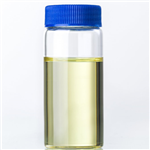
US $1.00/g2024-04-25
- CAS:
- 33665-90-6
- Min. Order:
- 1g
- Purity:
- 99
- Supply Ability:
- 20tons
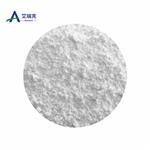
US $0.00-0.00/Kg2024-04-07
- CAS:
- 33665-90-6
- Min. Order:
- 1Kg
- Purity:
- 99.9%
- Supply Ability:
- 200tons
